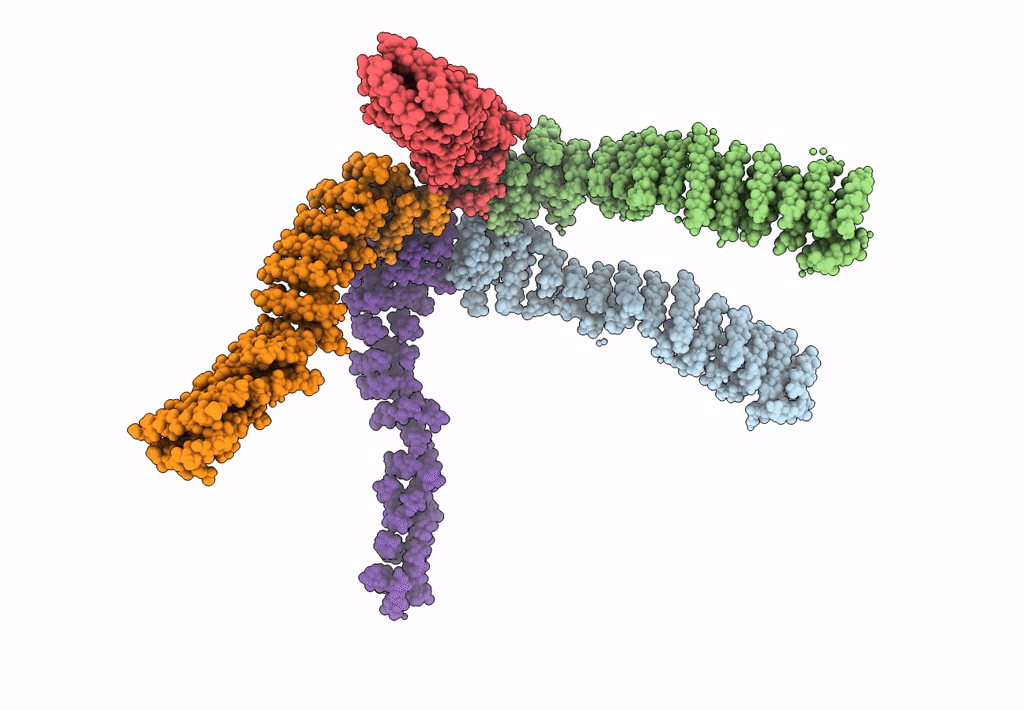
Deposition Date
2020-09-08
Release Date
2020-10-21
Last Version Date
2024-03-06
Entry Detail
PDB ID:
7K1Y
Keywords:
Title:
PIKfyve/Fig4/Vac14 complex centered on Vac14 - map1
Biological Source:
Source Organism:
Homo sapiens (Taxon ID: 9606)
Host Organism:
Method Details:
Experimental Method:
Resolution:
5.25 Å
Aggregation State:
PARTICLE
Reconstruction Method:
SINGLE PARTICLE


